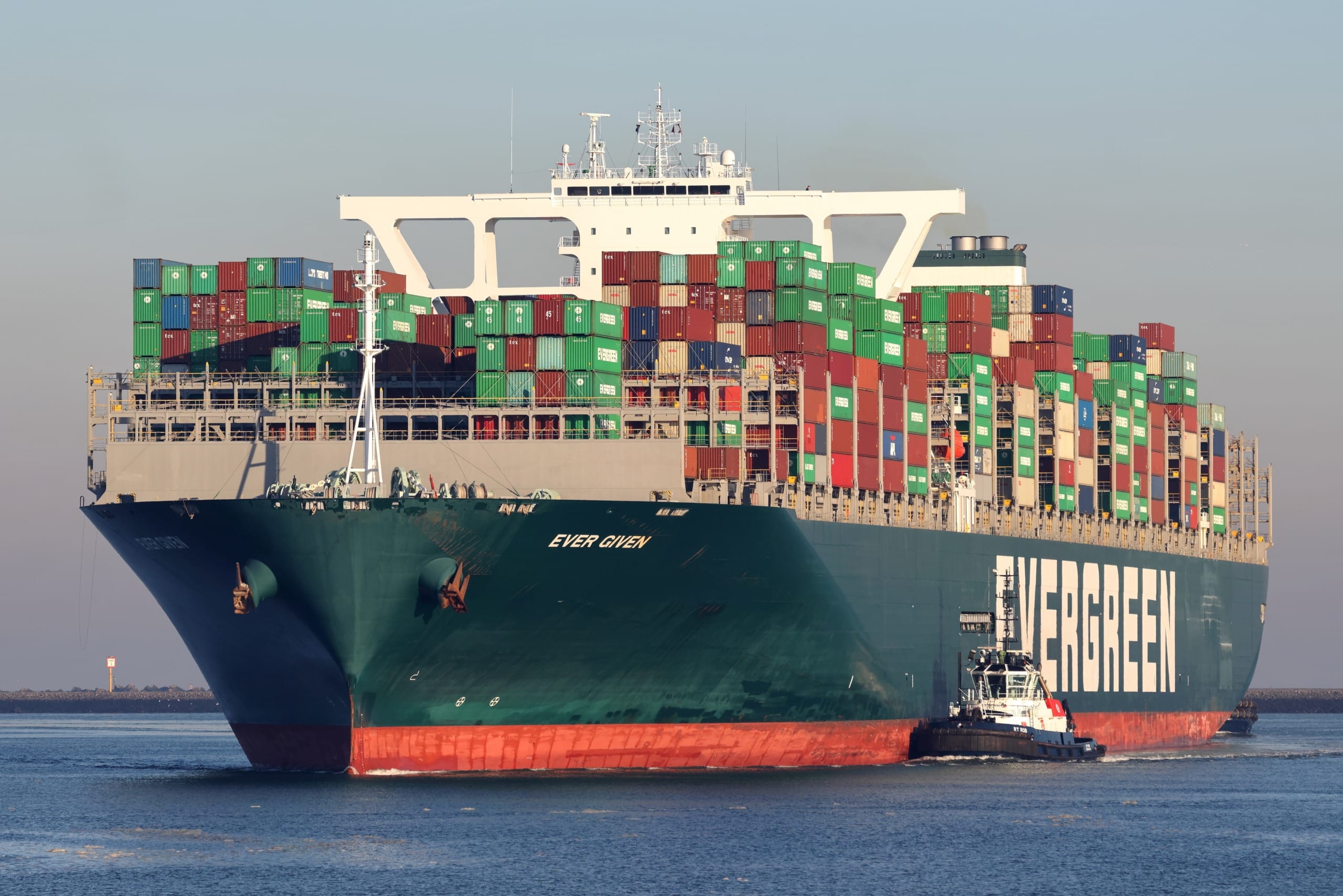Now that the pandemic has slowed down in China and most of the world, companies are now reevaluating their Asia supply chains. Given the major disruption due to the COVID-19 pandemic, businesses are asking questions regarding how they can build resilient supply chains. Is China still the best place to manufacture products? If not, what are the costs and benefits of other manufacturing destinations as an alternative to manufacturing in China?
What happened to China?
Over the last several years, businesses have become increasingly skeptical concerning the reliability and costs of dealing with manufacturers in China. Even before the pandemic, the turbulent trade war between the United States and China increased manufacturing costs and caused complications for many industries. Many of the tariffs imposed during this time are still in effect and continue to impact the manufacturing relationship between the United States and China. The US government under the Biden administration has yet to remove the tariffs placed by the previous administration on Chinese imports. Imports that use aluminum and steel continue to be tariffed – a regulation that has a far reaching effect in the manufacturing industry. These tariffs increase costs and force companies to reevaluate whether it is worth it to continue their manufacturing relationships and import goods from China.
With early factory closures and stringent quarantine restrictions, the pandemic further complicated China’s status as the world’s optimal manufacturing destination. Businesses that were too heavily reliant on China as their primary or sole source of manufacturing were hit hard and quickly realized the need for diversity in their supply chains.
The government in China has pushed the manufacturing sector to shift more of their focus in recent years toward domestic consumerism/manufacturing domestic products and away from manufacturing lower value added goods. Dual circulation, or the idea of prioritizing domestic consumption while also staying open to international trade and investment, has become a primary economic strategy of the Chinese government. Foreign demand which for decades has been a focus for manufacturing partners in China may now experience lower priority service, urgency and cost competitiveness.
The Search for China Manufacturing Alternatives
The concern and disruption seen in the past 4-5 years combined with rising manufacturing costs (salaries, overhead & materials) has forced companies to start considering options outside of China. A subsequent shift to alternative manufacturing options to China has driven a surge of new operations into Southeast Asia, including Chinese factory owners.
Alternative destinations such as Vietnam, Taiwan, India, and Indonesia have significantly increased their capabilities for manufacturing within the last decade. These countries have invested large resources into building highly functional factories and creating the infrastructure needed to efficiently transport materials and products to and from factories. Benefits unique to each country such as government/tax incentives, free trade zones, and low-cost labor are additional reasons for companies who choose to manufacture products in those places.
It should be noted that moving supply chains takes years and not months. While diversifying contract manufacturing options outside of China has improved resiliency, China still has the advantage by at least two decades of technology transfer, certifications, Western quality assurance standards and practices and even enterprise resource planning software and accounting.
China Continues to be a Top-Tier Manufacturing Destination
Current statistics regarding trade show that the total of imports and exports between the US and China in terms of US dollars has become more balanced. This positive growth for the US can be attributed to certain trade deals made between the two governments in 2019 where China promised to buy more American products. The Chinese government promised to purchase $193.3 billion worth of US products in 2021. Conversely, the US purchase commitment for 2021 was $207.4 billion with $123.1 billion of that goal targeted on manufactured goods. As the commotion of the pandemic has settled, the numbers show that US exports to China have increased at approximately a 14.5% annual rate since the trade agreement in 2019. This is much faster than several years prior to the trade deal when annual growth hovered around a mere 1-2%.
Certain supply chain experts predicted that the movement out of China would occur on a larger scale and that China would face a fast decline as the world’s manufacturing powerhouse. Current data and trends show that the exodus has been much more gradual than many expected. Even though certain countries like Vietnam and India have quickly grown as top-tier manufacturing destinations, China still holds some serious advantages in terms of resources, infrastructure, and experience. China maintains a healthy lead on the competition and it is still possible to find solid and reliable Chinese manufacturers – at least for now.
Contact Us






Follow Us